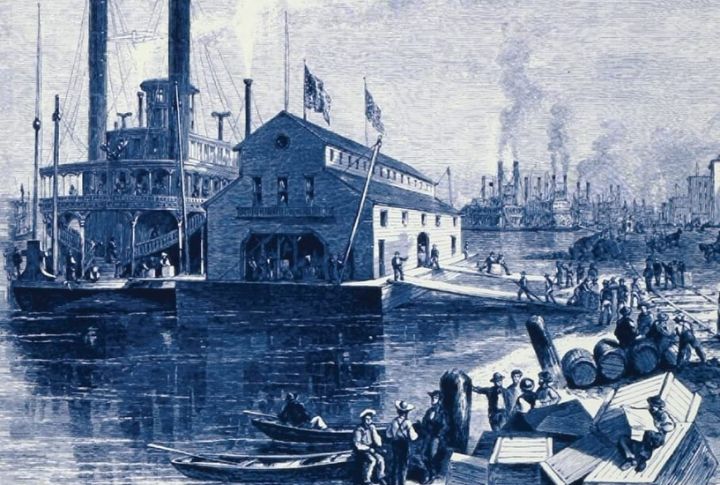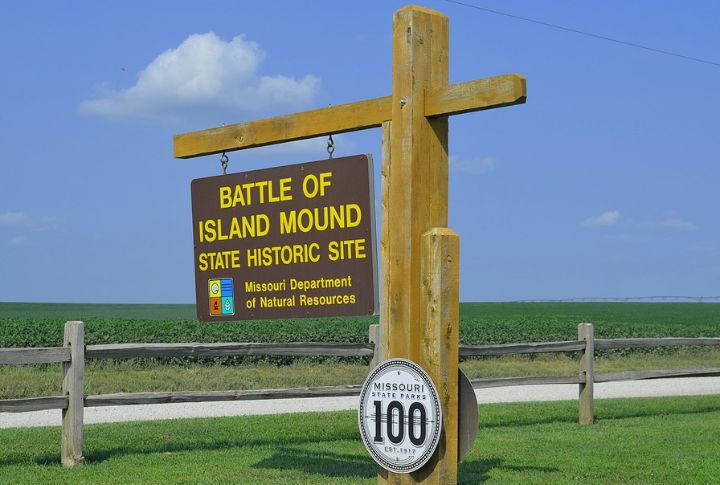
Walk with us on a journey through Missouri’s rich civil rights history. The state houses numerous landmarks that chronicle the relentless pursuit of equality. Each site tells a unique story of courage and resilience. Swipe through ten essential stops that illuminate this profound legacy.
Shelley House, St. Louis

In 1948, the Shelley House became the focal point of Shelley v. Kraemer, a landmark Supreme Court case that ruled racially restrictive housing covenants unenforceable. This modest brick home played a vital role in dismantling systemic racism, marking a major victory in the fight for fair housing and civil rights.
Greenwood Cemetery, Hillsdale

Wandering through Greenwood Cemetery, one encounters the resting places of over 6,000 African Americans, including former captives and civil rights activists. Established in 1874, it is Missouri’s first non-denominational commercial cemetery for African Americans—a community’s enduring spirit.
John Berry Meachum’s Legacy, St. Louis

Visualize a man defying oppressive laws by teaching on a steamboat. John Berry Meachum, a former slave turned educator, established the “Floating Freedom School” on the Mississippi River, circumventing Missouri’s prohibition against Black education. His innovative approach symbolizes resilience and the unyielding quest for knowledge.
Mary Meachum Freedom Crossing, St. Louis

In 1855, Mary Meachum attempted to lead enslaved individuals across the Mississippi River to freedom in Illinois—call it a daring nighttime river crossing. Today, the Mary Meachum Freedom Crossing stands as Missouri’s first recognized Underground Railroad site, and it honors her bravery and the relentless pursuit of liberty.
Freedom’s Frontier National Heritage Area

Spanning eastern Kansas and western Missouri, the Freedom’s Frontier National Heritage Area encompasses sites pivotal to America’s struggle for freedom. From Bleeding Kansas to the Civil War, this region narrates tales of conflict, courage, and the enduring fight for equality.
Lincoln University, Jefferson City

Founded in 1866 by African American veterans of the Civil War’s 62nd and 65th Colored Infantries, Lincoln University stands as evidence of the transformative power of education. Established to provide higher learning opportunities to freed captives, it continues to uphold its mission of empowerment and excellence.
George Washington Carver National Monument, Diamond

Step into the birthplace of a pioneering scientist. The George Washington Carver National Monument commemorates the legacy of Carver, born into slavery, who became an acclaimed agricultural scientist and inventor. His contributions to sustainable farming practices have left an enduring mark on American agriculture.
Sumner High School, St. Louis

In 1875, Sumner High School was built as the first African American high school west of the Mississippi River. It has nurtured generations of Black leaders, artists, and professionals and personifies the community’s educational commitment despite adversity.
Scott Joplin House State Historic Site, St. Louis

Imagine the melodies of ragtime filling the air. The Scott Joplin House preserves the legacy of the “King of Ragtime,” who composed many of his famous pieces here. This site offers insight into Joplin’s life and the cultural renaissance of African Americans in the early 20th century.
Battle Of Island Mound State Historic Site, Butler

The First Kansas Colored Volunteer Infantry made history in 1862 at the Battle of Island Mound, becoming the first African American regiment to fight in the Civil War. This site stands as a tribute to their bravery and the vital role they played in the struggle for freedom and equality.
